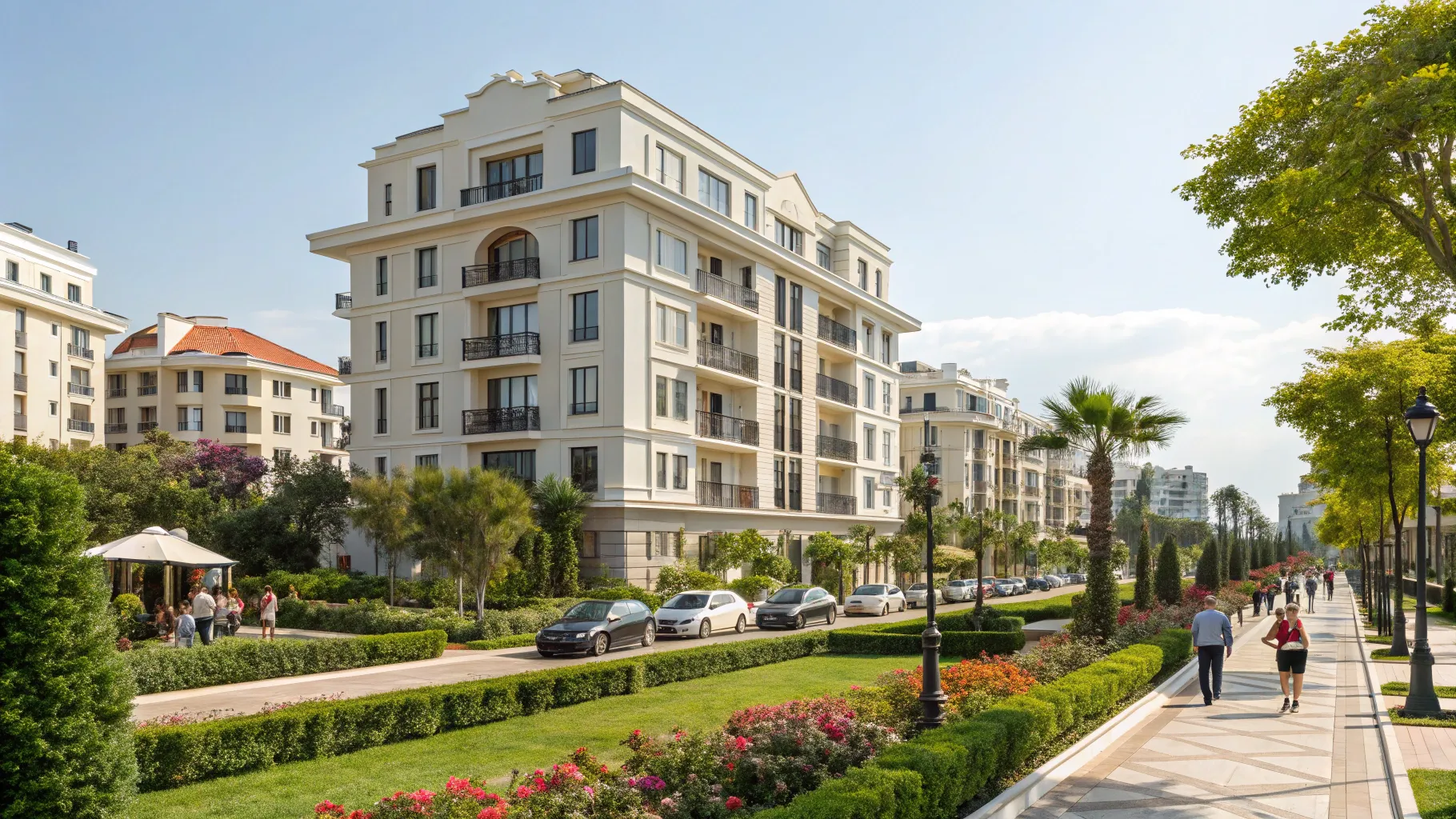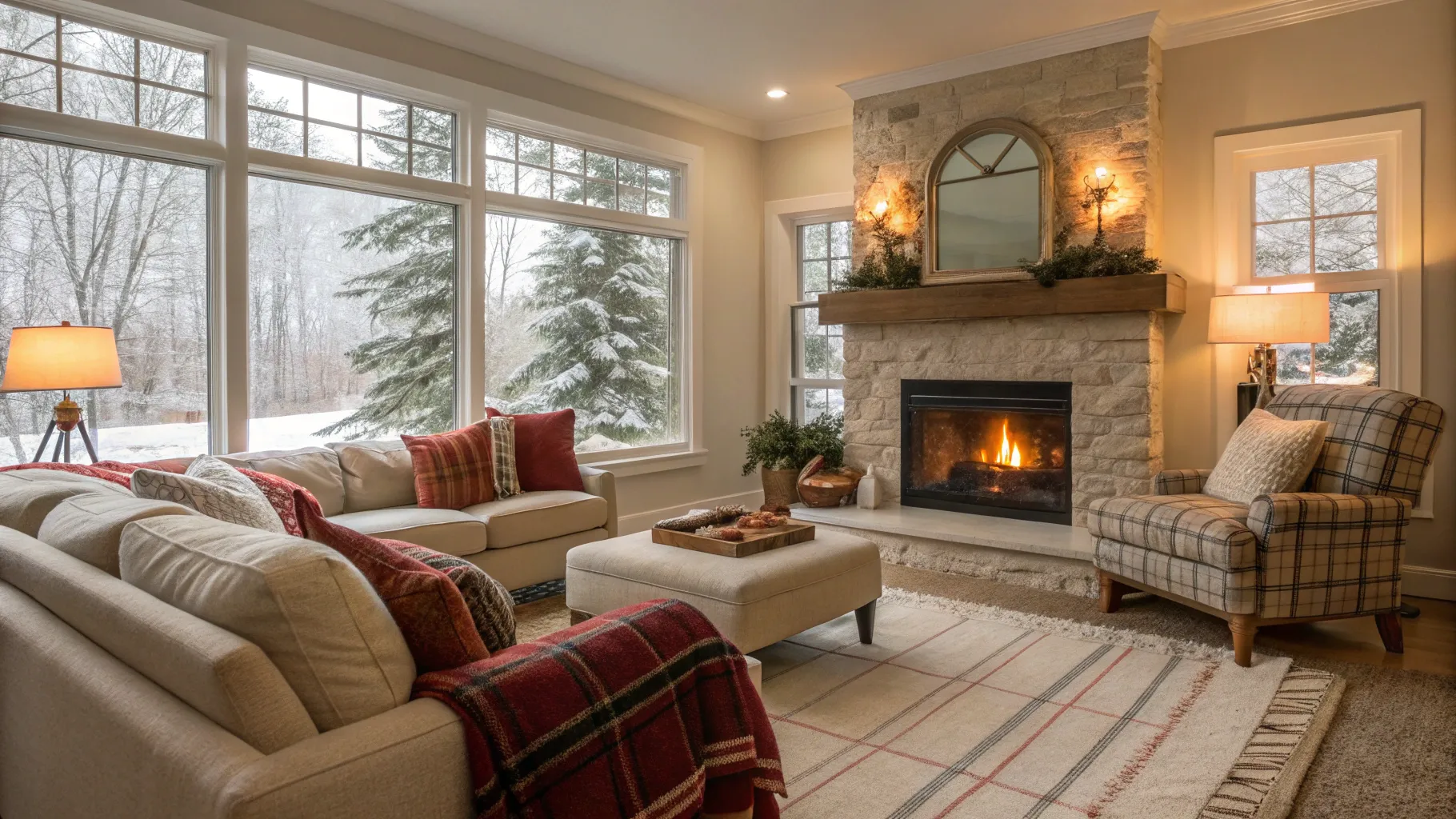
As the temperature starts to drop, the quest for a warm and inviting home becomes a top priority for many. A cosy atmosphere not only enhances comfort but also contributes to well-being during the colder months. To achieve an efficient heating system that creates the perfect sanctuary, there are a few considerations to keep in mind.
Understanding Heating Options
Firstly, it's vital to understand the various heating options available. Traditional radiators, underfloor heating, and more modern designs such as compact radiators each offer unique benefits. For those with limited space, compact solutions can be particularly advantageous without compromising on efficiency or heat output.
For instance, if you’re looking for something that balances style and performance, it’s worth taking a closer look at K2 compact heating designs. These radiators are specifically engineered to provide high heat output while occupying minimal space, making them ideal for smaller rooms or areas with unconventional layouts. Their sleek designs can easily blend into any decor, ensuring that your home remains stylish while staying warm.
Insulate for Comfort
Good insulation is the cornerstone of an efficient heating system. Without it, even the most advanced heating technology can struggle to maintain a comfortable temperature. Prioritise insulation in areas like attics, walls, and floors. This not only prevents heat loss but also saves money on energy bills in the long term. Here are some effective insulation methods to consider:
- Draught-proofing: Sealing gaps around windows and doors with weather stripping or caulk can drastically reduce draughts that rob warmth from your home.
- Thermal curtains: Heavy curtains can act as an extra layer to keep the warmth in during chilly nights while still allowing natural light during the day.
- Loft insulation: Installing insulation in your loft can keep the heat produced by your heating system from escaping into the atmosphere.
Zone Heating
Another innovative approach is zone heating, which allows you to heat specific areas of your home according to need. This method saves energy and creates a more tailored experience. For example, consider using programmable thermostats to control the temperature in different zones, such as your living room, kitchen, or bedroom.
Explore Utah Real Estate

5618 E SOUTH FORK RD, Provo, UT
$43,000,000
Bedrooms: 6 Bathrooms: 10 Square feet: 22,958 sqft
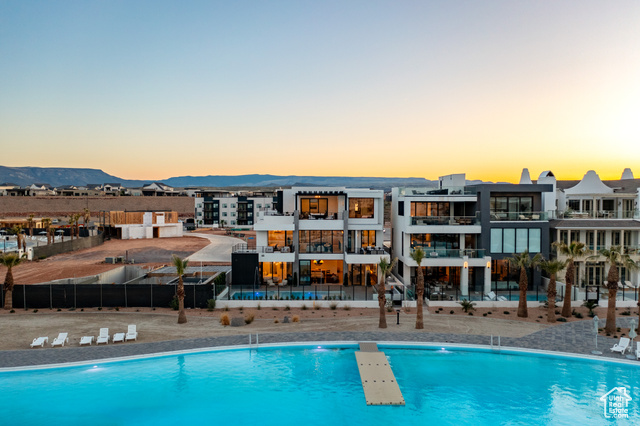
864 W SAPPHIRE SKY LN #546, St George, UT
$4,300,000
Bedrooms: 7 Bathrooms: 9 Square feet: 5,136 sqft
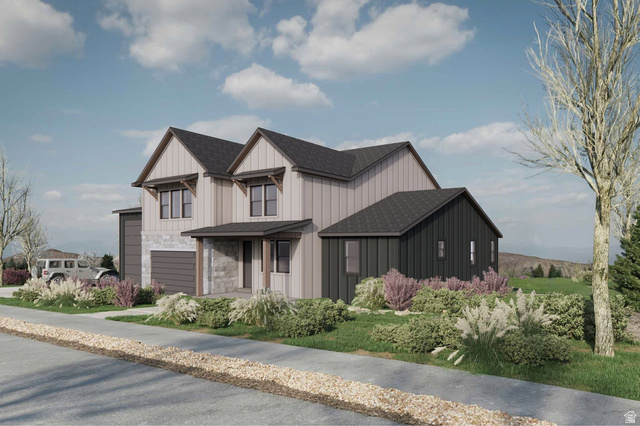
850 LAZY WAY #8, Francis, UT
$1,300,000
Bedrooms: 4 Bathrooms: 4 Square feet: 2,755 sqft
With modern technology, it’s feasible to adjust these zones remotely via a smartphone app. This flexibility ensures that you’re only heating spaces that you frequent, significantly reducing unnecessary energy use.
Embrace Radiant Heat
Radiant heating systems provide another efficient option to consider. Unlike conventional systems that rely on air to distribute heat, radiant heating transfers warmth directly through surfaces, such as floors or walls. This method often results in more consistent and enjoyable warmth without blowers or fans.
In the case of radiant floor heating, heat rises gently from the ground up, providing a luxurious feel underfoot—especially delightful during winter months. Additionally, this solution can free up wall space, as you'll be less dependent on radiators.
Smart Thermostats for Efficiency
Investing in a smart thermostat can revolutionise your heating strategy. These devices learn your habits and preferences, adjusting the temperature accordingly to optimise energy use. Most models allow for remote control, so you can pre-heat your home before arriving or adjust settings while you're away.
- Energy usage reports: Many smart thermostats provide insights into your energy consumption, allowing you to make informed choices.
- Geofencing: This feature utilises your smartphone’s location to optimise temperature settings, making your home warm as you return while conserving energy when you're out.
Choosing the Right Heating System
When selecting a heating system, consider your home’s layout, insulation quality, and personal heating preferences. Conduct proper sizing calculations to ensure that your chosen system meets your requirements—too small won’t distribute enough warmth, while too large can waste energy.
More Properties You Might Like
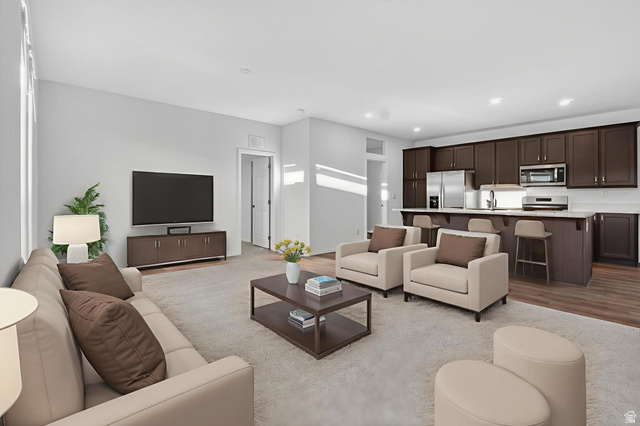
1700 W 2700 N #36, Pleasant View, UT
$230,000
Bedrooms: 4 Bathrooms: 2 Square feet: 2,100 sqft

La Casa Cir, St George, UT
$575,500
Square feet: 14,391 sqft

7665 STERLING DR, Park City, UT
$6,100,000
Bedrooms: 5 Bathrooms: 6 Square feet: 4,975 sqft
In the UK, many households still use gas boilers, but renewable options like heat pumps and biomass boilers are gaining traction. These alternatives not only lower carbon emissions but also reduce reliance on fossil fuels, aligning with growing environmental concerns.
Aesthetics and Functionality
Don’t overlook the aesthetic aspects of heating solutions. Modern designs have evolved to integrate seamlessly into your home’s interior. Radiators, for instance, come in various finishes, models, and sizes that can perform double duty as design elements. Whether you opt for a sleek, almost artful design or a traditional style, the right heating solution can enhance your space.
Additionally, wall-mounted radiators can also provide a creative touch. They're available in a range of styles—from minimalist designs to those that resemble exquisite wall art—offering both function and form.
Final Thoughts
Creating a cosy home with efficient heating involves a combination of smart technology, appropriate insulation, and aesthetically pleasing designs. By investing in suitable heating methods and maintaining an insulated environment, you can ensure that your home remains a haven of warmth when the cold weather arrives.
As you explore your options, consider modern and compact solutions like K2 heating designs. Incorporating these systems will not only elevate your comfort but also blend beautifully with your home decor, providing effective warmth without taking up too much space. With the right approach, your home can become a welcoming retreat from the winter chill, full of warmth and style.








